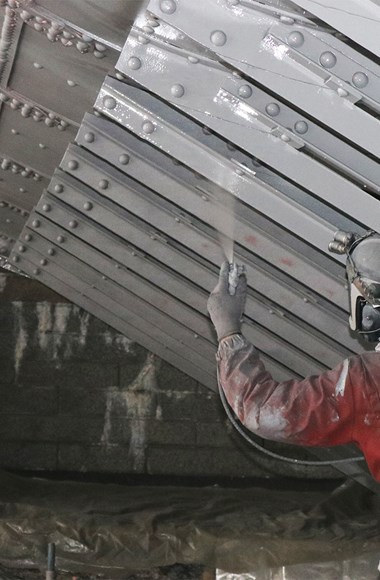
Spillway gates coated with solid expertise
The rolling gates of the reservoir dam at Imatra's hydropower station were coated on site using the INERTA 165 epoxy coating system.
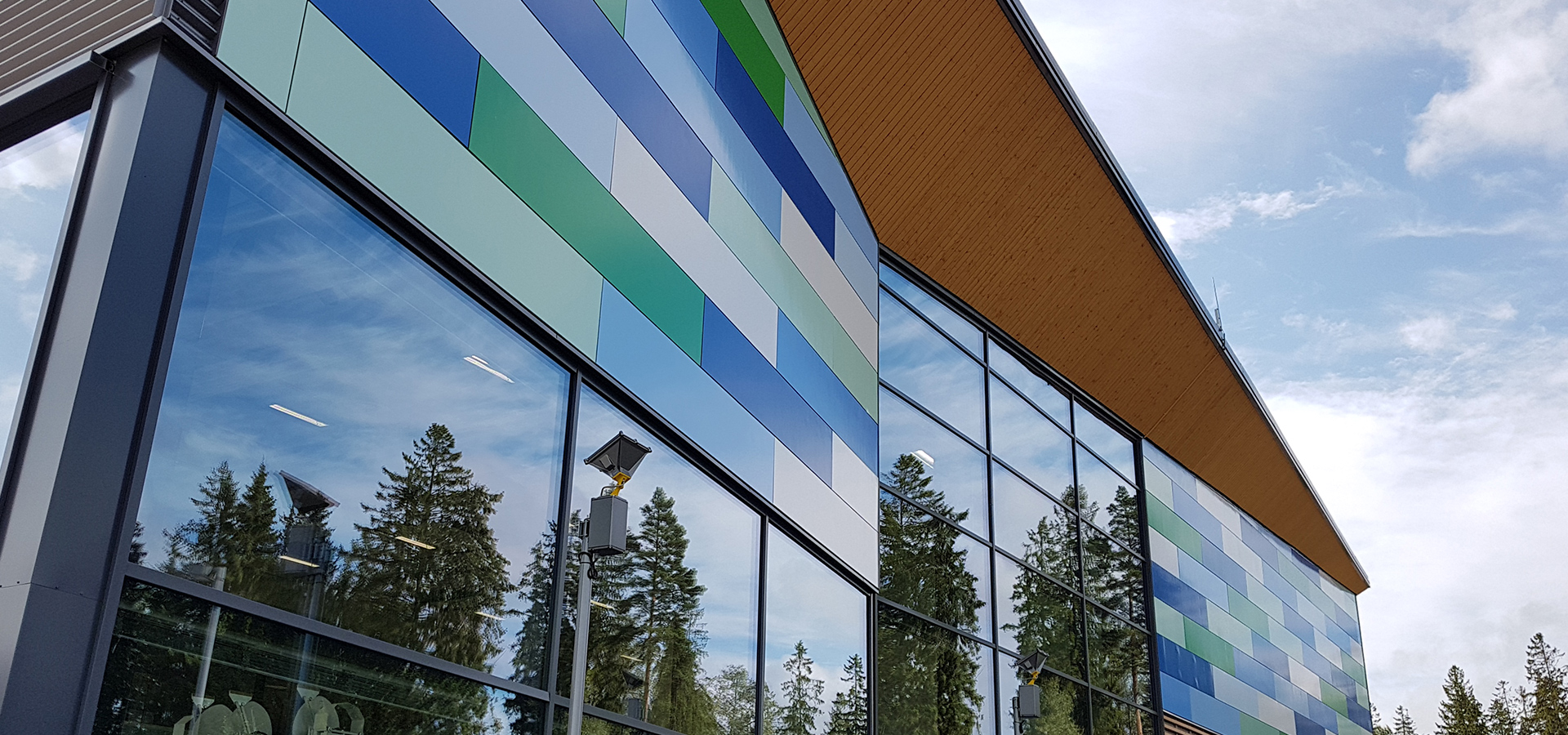
The Indoor Hygiene seminar organized at the Gallus technology and training center opened up new perspectives on the future of more hygienic construction. Urgent action is needed to combat healthcare-associated infections and antibiotic-resistant microbes.
Imagine that your investment in construction or renovation could be recovered within a few months. Utopia? Maybe not, if you believe the vision of the joint venture of six leading Finnish companies, the HygTech Alliance, for using spatial design and building technology to combat the spread of infection via contact surfaces. And they are certainly not the only ones to think this way.
The seminar room at Teknos' new technology and training center was packed almost to capacity on November 1 with people interested in hygienic construction, researchers and experts in the field.
The HygTech project has brought together interdisciplinary researchers and companies in various industries and created a customer-centered operating model which no single player would be able to provide. The concept consists of three different areas: surfaces and furniture, building technology, and service solutions.
“We had a radical idea; let's put everything that affects indoor hygiene together. We then figured out together which way to go from there. It's been a great experience to be a researcher involved in this project,” said Riika Mäkinen, senior researcher at Satakunta University of Applied Sciences.
“The hospital environment needs to have research results and the municipality is interested in finding ways to reduce costs. Fortunately we saw the value of involving the school of economics in the project, because a lot of things are also related to commercializing the concept,” Mäkinen continued.
The support for commercialization has been continued within the existing Hygiene into Business - HygLi - project.
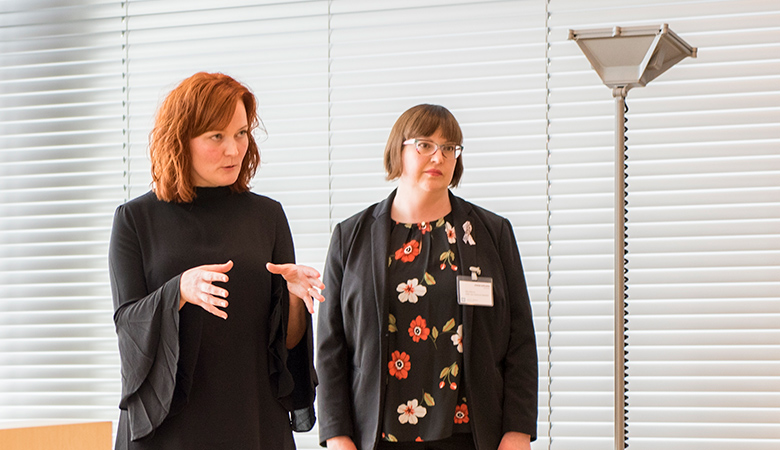
“The challenge in innovation is the existing structures, which have evolved to support what is already there. The project nature of construction and the fragmented value chain are generally recognized challenges in implementing innovations. The new RT guidance makes hygiene issues visible in the industry and plays a key role in the success and implementation of what is known as radical innovation. The guidance is an important part of creating the ecosystem we need,” said Tiina Mäkitalo-Keinonen, researcher at the Pori Unit, Turku School of Economics.
Building Information Ltd’s “Indoor hygiene” building information files, published in Finland, comprehensively addresses indoor hygiene management, making it most likely the first in the world to do so.
Indoor Hygiene, the General Criteria Guide was published in spring 2017. It includes basic information about infections, how they are spread and how to prevent them. Indoor Hygiene, The Spatial Design Guide provides guidelines for project-specific spatial design according to the level of infection control. Indoor Hygiene, The Cleaning and Maintenance Guide was published in fall 2017. It includes instructions for the upkeep, maintenance and cleaning of premises.
“The owner should consider and decide on the target level of hygiene as early as the project planning phase. Well-planned solutions can also help to make premises easy to maintain and clean. The built environment is important for breaking chains of infection,” said Jaana Matilainen, Building Information Ltd’s business manager.
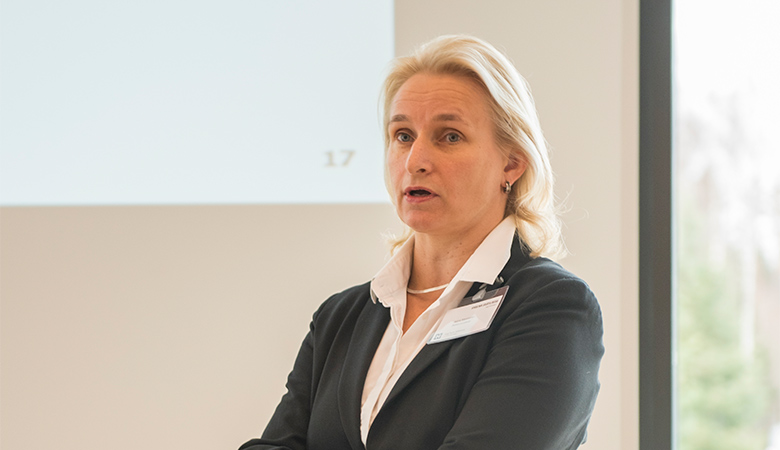
The Building Information Foundation is already considering the next step, which is the possibility of creating hygiene classifications.
“At the moment, there is no building materials classification in Finland which could be used to find a suitable hygiene and cleanability rating for premises or the specific usage. The Building Information Foundation now wants to find out whether there is a need for product hygiene classifications,” Jaana Matilainen said.
In European hospitals an estimated 3.2 million patients annually get a healthcare-associated infection and 37,000 of them die. (ECDC Report 2011 - 2012 ECDC Point Prevalence Survey). Nurse manager at the Hospital District of Southwest Finland Tiina Kurvinen spoke about combating healthcare-associated infections in Finland.
“Healthcare-associated infections are a serious public health problem and treating them is expensive. Aseptic ways of working and hand hygiene are key. Good hand hygiene and general surface cleanliness cannot be emphasized enough. It's good that technology and antimicrobial coatings are coming to help us,” said Kurvinen.

Although antibiotic resistance is not yet a very large problem in the Nordic countries and the use of antibiotics is rather responsible, this does not give the whole picture. For example, the situation in Southern Europe is getting more serious. WHO General Assembly Decision 67.25 requires its member states to take urgent action to combat antimicrobial resistance. This is stated e.g. in the National Action Plan on Antimicrobial Resistance published by the Finnish Ministry of Social Affairs and Health.
“The global situation looks rather grim, unless new antimicrobials are introduced. Resistant microbes don't recognize borders but move easily from country to another with people, animals and food. So this is a global problem,” said Jari Jalava, associate professor, PhD.
New ways to prevent infection and combat the spread of resistant bacteria are constantly looked for. Jari Jalava sees raising awareness of how tourism affects the spread of antimicrobial resistance as one important measure.
“We can't close the borders or stop people travelling, but it is important to increase awareness significantly,” said Jari Jalava.
Although the use of antibiotics is reasonable in the Nordic countries and total usage is declining, very resistant bacterial clones from other countries are a new threat. “HygTech Alliance solutions can help to slow down this phenomenon, and partly to prevent it,” said Harry Kouri, sales manager at Teknos.
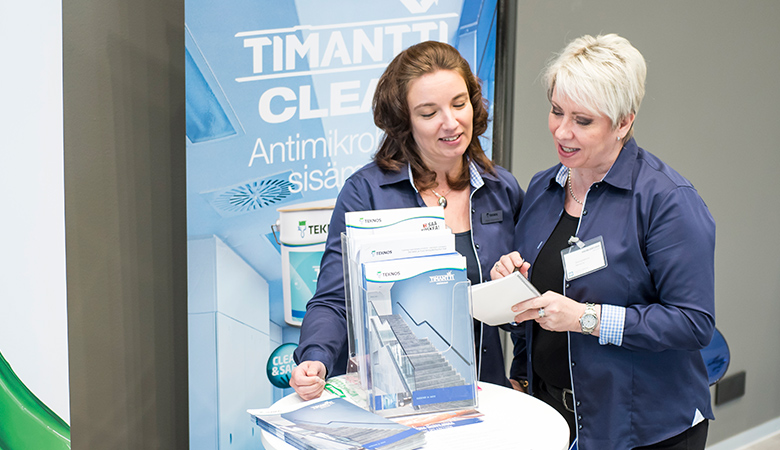
HygTech Alliance is the alliance of Finnish companies that develops and introduces comprehensive indoor hygiene management solutions and products.
ABLOY - automatic doors and hygienic Active products including door buttons, pull-cords, and barriers.
ISKU INTERIOR - Isku Health, the world's first range of furniture for reducing the spread of infections.
KORPINEN - bathroom furniture and products that take strict hygiene requirements into account.
ORAS - contact-free, hygienic, easy-to-use and safe faucets that save water and energy.
LOJER - antimicrobial hospital and care furniture.